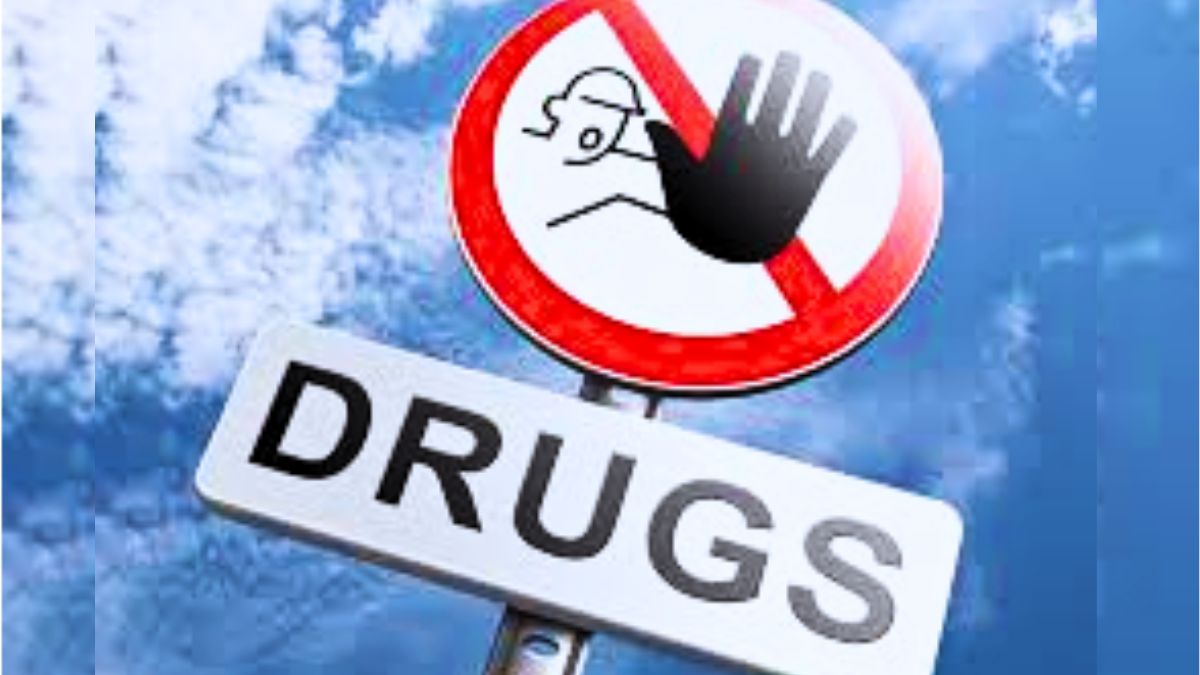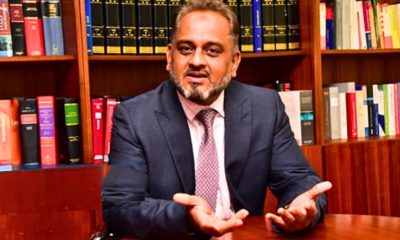News
Drug Crisis Fueling Violence Surge, Police Admit

The police have publicly identified the country’s drug crisis—specifically the consumption and trafficking of illicit substances—as the principal factor behind the recent surge in violent crime. This frank admission highlights the complexity of tackling the escalating lawlessness, which has shocked the public and fuelled security debates following a spate of high-profile, violent assaults.
Security Strategy Detailed Amid Public Concern
The disclosure comes as the Police Press Office (PPO) details its comprehensive strategy to combat the rise in violent acts, which have included an attempted shooting in Grand Baie, a stabbing on the metro, a sabre attack at Dr A. G. Jeetoo Hospital, and the recent murder of Mark Yeung Shi Yin.
Public anxiety has intensified, with many questioning the increasing violence and the preparedness of law enforcement.
The police have outlined a multi-pronged approach based on rapid intervention, enhanced preventative measures, and tackling root causes.
Key Elements of Police Strategy
1. Prioritising Visibility and Prevention
- Regular patrols and a physical presence of officers on the ground remain “essential elements” of the police plan.
- The ‘Safe City’ camera network is utilised to cover strategic points, allowing for the rapid detection of suspicious behaviour and deployment of response teams.
- Strategies are regularly reviewed and adapted in a “dynamic environment” to address new security challenges.
- Targeted operations are routinely carried out based on credible intelligence to curb the circulation of bladed weapons, while no new firearm permit applications are currently being processed.
2. Specialized Public Transport and Hospital Security
- A specialised Transport Police unit oversees passenger safety on the metro system.
- Regional divisions assist at metro stations to ensure a visible and deterrent police presence.
- A police post is installed in every major hospital to ensure better coordination and ease procedures during incidents.
3. Rapid Response and Investigation
- Officers aim to intervene “as quickly as possible” to restore order, secure the perimeter, and make arrests when a violent act is reported in a public place.
- The 999 emergency hotline is confirmed as the quickest channel for the public to alert forces.
- The intervention time depends on factors such as location, reporting time, and team availability, with reinforcements requested in emergencies.
- A systematic investigation is opened for every incident to trace events and identify perpetrators.
Addressing the Root Causes
Beyond intervention, the police strategy includes a significant focus on preventative work led by specialised units to address the structural causes of violence.
- Units like the Crime Prevention Unit, the Family Protection Brigade, the Road Safety Unit, and the Anti Drug and Smuggling Unit’s education cell are engaged in extensive nationwide awareness campaigns.
- These units collaborate closely with NGOs, schools, and social services through conferences, workshops, and neighbourhood interventions to prevent risky behaviour and promote security.
Public Collaboration is Crucial
The police stressed that public confidence and cooperation are vital. They hope to restore public trust by increasing visible patrols and encouraging the use of the 999 hotline.
They warned that without rapid reporting and public cooperation, the fight against crime becomes far more complex.
Source: l’Express











